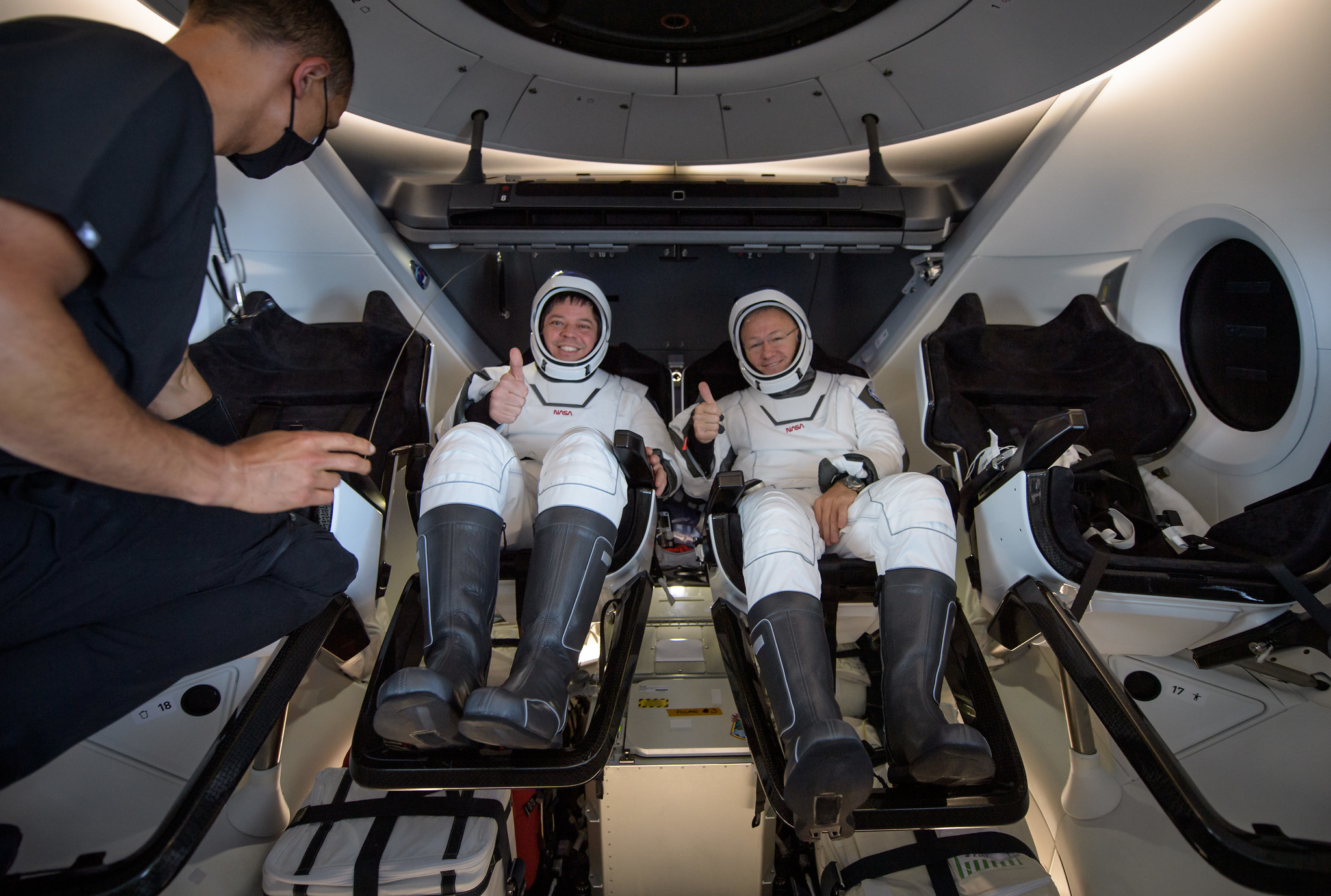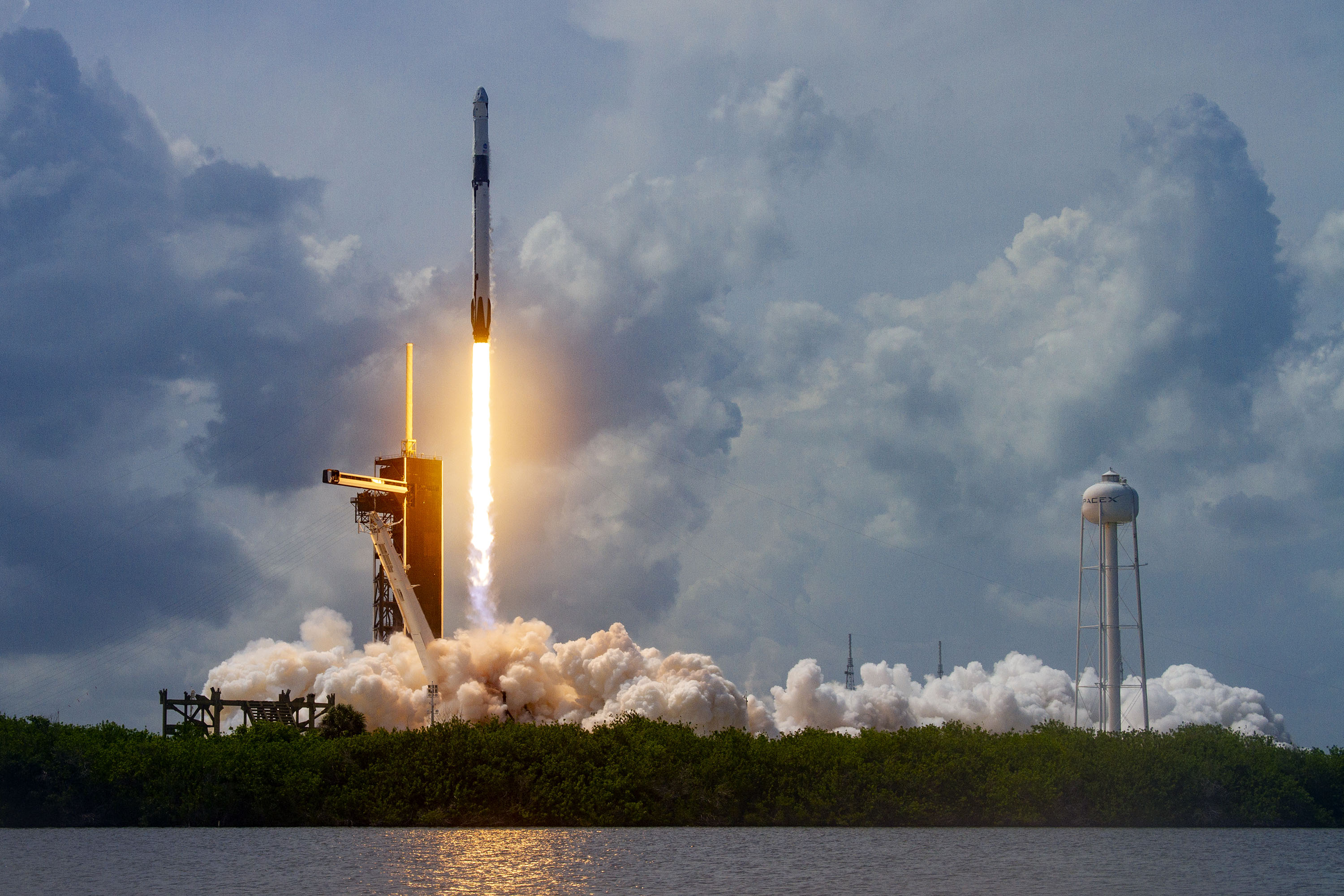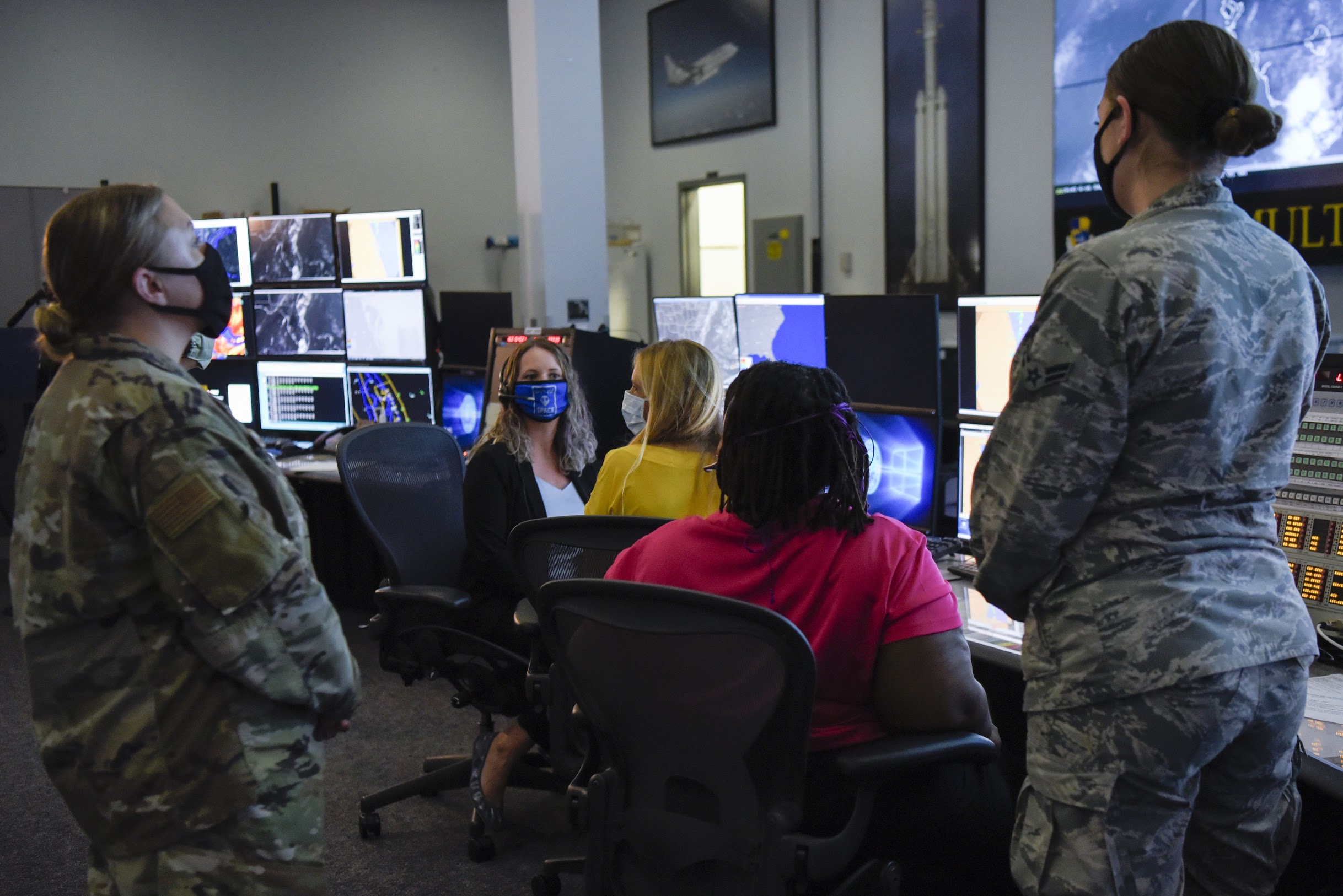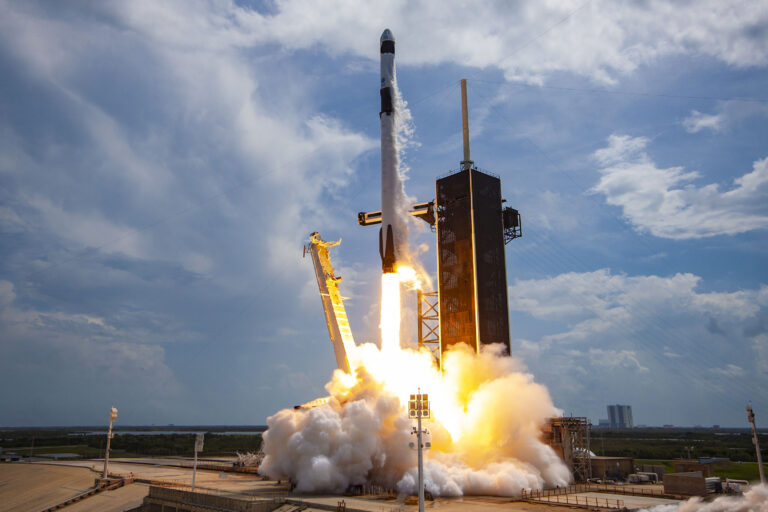The 45th Weather Squadron, which is part of the US Space Force and operates out of Cape Canaveral Air Force Station in Florida, plays an extremely important role in rocket launches. In fact the team, which is made up of highly experienced meteorologists, is responsible for the official “go or no-go” weather decision for all rocket launches at the Cape.
During the much-publicized SpaceX Crew Dragon Endeavour launch, which saw two NASA astronauts become the first people ever to make the trip to orbit on a privately built spacecraft, a team of five launch weather officers from the 45th Weather Squadron were responsible for monitoring all meteorological conditions in the lead up to and during the launch. The launch was originally due to take place on May 27, but the weather officers had to make the call to abort the mission due to poor weather. The historic event, which marked the first crewed launch from US soil in almost a decade, eventually took place on May 30.
The media attention around the SpaceX crewed mission highlighted the important work carried out by the launch weather officers during a launch event. But behind the scenes, the 45th Weather Squadron’s job goes well beyond the launch itself.
Lead up to launch
Melody Lovin, one of the 45th Weather Squadron’s launch weather officers, explains, “Our overall role during rocket launches is to protect the rocket, the people involved and the surrounding land. We basically need to make sure that the rocket isn’t blown up by weather. We give the go or no-go decision and have the ability to stop a launch if our weather criteria is violated.
“The lead up to the rocket launch and the work involved can, however, be years in the making,” she continues. “We start with the generation phase. Once a launch company has decided which rocket it will use to accomplish its mission, it files the paperwork with us, and the assigned launch weather officer meets with it to go over the plan and what it is expecting from the weather. We then work closely with the launch company team to iron out what is possible and what is not.”

in the SpaceX Crew Dragon Endeavour spacecraft. Credit: NASA/Bill Ingalls
Once those details are ironed out, the weather team conducts what Lovin describes as “dress rehearsals” with the launch company to make sure everyone is prepared for the launch itself. “In the months before the launch there are often a lot of ground operations going on, such as work being carried out to the rocket. The most important data they need to receive during these times is lightning data. Sometimes we’ll get a lightning strike which is very close to the areas they are working. These can cause problems with some of their equipment, which means they need to reset some of it; therefore this data is essential.”
Lightning reports are provided to the launch company on a daily basis in the lead up to a launch. The team also provides information on precipitation and wind, and other more detailed weather data depending on the specific ground operation. These are all called exposure forecasts, according to Lovin. “We recently had a ground operation where NASA was practicing moving replica moon soil from one location to another,” Lovin explains. “The team needed a six-hour block of time when it wasn’t going to rain. This was a very sensitive operation – you don’t want your moon dust to get rained on! Therefore we had to analyze the weather data to make sure we could reliably provide them with a dry period to move the dust.”
Launch event
During launch week, the launch weather team has several meetings with both the 45th Weather Squadron and the launch customer. “On the launch there will be one main launch weather officer and then four or five supporting officers,” Lovin continues. “The day of launch is when things change. The lead launch weather officer gets on console around six hours before launch. They are then on-call to provide weather updates. The crew gradually fill in to the main operations center, which is where all of our weather information is filtered in. This is where we make our go or no-go call.
“At least three hours before the launch time the whole team is actively monitoring the weather and this is when we can start making the go or no-go calls in real time,” she continues. “For example, if a cloud moves over the launch pad and we estimate that it is producing electric currents, which would violate our criteria, we can say “no-go, violation of weather rule X, estimated clear time 30 minutes”. About a minute before the launch we will make the final call, but we still have the ability to abort, or “scrub” as it is known in the team, the mission up until around five seconds before the launch.”
Each launch weather officer within the 45th Weather Squadron is assigned to an individual program, such as SpaceX, Atlas or NASA, according to Lovin. “I am assigned to NASA, along with one other person,” she says. “Each program has specific requirements. For NASA, for example, it requires a weather briefing from Monday to Friday in the morning. It oversees the entire spaceport and owns all the land, so it needs to have a good overview of what is going on weather-wise.”
The launch weather officers make their launch calls based on two different types of constraints. First are range safety constraints, which are applicable to every launch and every launch company. The second are user constraints, which are specific to the launch customer. “Some launch companies state that a rocket must not be launched in rainy conditions or moderate precipitation, whereas others state windspeed limits,” explains Lovin. “User constraints are different for every launch.”

Data generation
The data used to make the go or no-go calls during a launch is gathered from meteorological equipment throughout the spaceport. The spaceport is equipped with hundreds of weather sensors, and according to Lovin, it is “one of the most densely covered areas in terms of collecting weather observations.” The spaceport also has a balloon facility on site, which is part of the 45th Weather Squadron. The facility launches balloons hourly on the day of launch to gather data.
“The sensors on the ground detect electric current and also tell us how much rain we may have had in particular spots across the spaceport,” Lovin explains. “We also use satellite information and have a direct link to the GOES-16 satellite. All of these feed into the operations center. We also have our own radar to help us see any forming precipitation in the area and in clouds. And we have a backup radar from the National Weather Service Forecast Office in Melbourne, Florida.
“The data is updated regularly,” she continues. “We get a new radar scan about every three minutes, for example. Information on electric currents is updated every minute and satellite imagery is usually every five minutes.”

In addition to launches, the weather team also monitor conditions for re-entries, but according to Lovin there are fewer constraints for these events. “For the SpaceX astronauts who returned to Earth the constraints were just that the sea wasn’t too rough and the windspeed not too high,” she says. “They basically had to make sure the atmosphere was stable to ensure the re-entry was smooth for the astronauts. The constraints aren’t the same because there is not really any safety risk in terms of things blowing up for items re-entering the atmosphere.”
According to Lovin, things are ramping up in the 45th Weather Squadron as the number of launch events is on the rise. “Last year we had about 25-30 rocket launches,” she says. “Eventually we are likely to have around 45-50 in a year, which is almost one a week. This is partly due to the fact that we are seeing more private operations at the spaceport. SpaceX is launching all the time now and Atlas is getting busy as well. NASA is also preparing to do its Artemis 1 launch next year. I am very excited for the latter as the Artemis program will hopefully put the first woman on the moon and I should be one of the main officers involved in the launch.”
This article was originally published in the September 2020 issue of Meteorological Technology International



